
 Aerial view of Bahrain Bay ... boosting the economy.
Aerial view of Bahrain Bay ... boosting the economy.
BAHRAIN Bay is on the threshold of a major milestone in its development programme as sections of a key government road infrastructure project – the North Manama Causeway – are completed this month (January), opening the project’s portals to public traffic for the first time.
The $2.5-billion development is the first masterplanned mixed-use waterfront community, situated off the northeast coast of Manama. Masterplanned by the US-based Skidmore, Owings & Merrill, it comprises a combination of residential, commercial, retail, tourism, and community facilities and public amenities with three anchor developments: Four Seasons Bahrain Bay, construction of which has just begun; Arcapita headquarters, which was completed in December 2010; and the proposed Raffles City Bahrain.
With the entire infrastructure on the project close to completion, a number of third-party developers are pushing ahead with their projects.
“The Bahrain Bay site currently has over $1 billion worth of projects in progress – from the work on the Four Seasons tower, to the creation of the pivotal traffic artery for the country that is the North Manama Causeway; from public realm implementation, to our third-party developers’ ongoing works as both Cooperation Investment House and Al Baraka Group sites maintain momentum,” says Abdulla Al Doseri, the development’s deputy CEO. “Our historical commitment to placing Bahrain Bay as one of the region’s most important urban centres has only grown with time, and is visibly translating to real, tangible progress – which I believe is the most important factor to inspiring further confidence and momentum.”
Phase Two infrastructure construction commenced in August 2011, following the award of the work order contract to Cyprus Building and Road Construction Company (Cybroc) for the completion of the outstanding elements of the Phase One infrastructure and for the initial phase of the public realm works.
These works – which are due for completion in time for the opening of Section B of the North Manama Causeway – are concentrated at the project’s Fifth Street junction with the North Manama Causeway, along Bahrain Residential Avenue and connecting to the loop flyover access and North Green Street. Additionally, Phase One of a permanent access to the Bahrain Bay utilities area and the Electricity and Water Authority (EWA) substations compound is to be constructed as a part of this work order.
“These works are now at an advanced stage and are programmed to complete before the North Manama Causeway is opened to the public in early January 2012,” says Al Doseri.
The North Manama Causeway, under way around Bahrain Bay, remains on programme for full completion in July 2013 with the opening of Sections A and B to public traffic expected in January. Section A includes three at-grade intersections within Bahrain Bay and Section B includes the loop flyover access to Bahrain Bay and a temporary tie-in to King Faisal Highway. The loop flyover will give Bahrain Bay a second dedicated access route.
A joint venture of Six Construct-Haji Hassan was awarded the construction contract for the causeway by the Ministry of Works in April 2010. The North Manama Causeway is 4 km in length and will link the Bahrain Financial Harbour and Bahrain Bay to the King Faisal Highway.
The bridge that connects Bahrain Bay directly to Manama was completed last August. The water-crossing highway is the primary link for traffic flow in and out of Bahrain Bay.
Construction of the superstructure of the viaduct for Section B is currently progressing from the Bahrain Bay end, with the placing of the precast segments from the launching gantry for the main viaduct, and the placing of segments by crane for the on and off ramps at the King Faisal Highway.
“We will (soon) see the completion of the North Manama Causeway and with it the opening of our metaphorical gates to public access,” says Al Doseri. “For the first time, the wider public will be able to freely enter and investigate parts of Bahrain Bay, which gives us the unique opportunity to demonstrate first-hand our ongoing progress and the project’s world-class quality.”
Utility connections to Bahrain Bay are also progressing well with the completion of commissioning of the district cooling plant in September 2011 – which now provides chilled water to the Arcapita headquarters, and is ready to supply all parcels – and the installation of the 600-mm water supply pipeline for the Water Distribution Directorate of EWA. Supply through this pipeline – which extends from the Bahrain Financial Harbour water station to the North Island water tank at the project – is due to commence in mid-2012 and will replace the current temporary 150-mm-diameter pipeline to this water tank.
Another significant milestone has been the energisation of the 66-kV Janoob primary substation, the last of the four 66-kV primary substations exclusively serving Bahrain Bay to be completed. This has also allowed the remaining three 11-kV substations on Bahrain Bay – all supplied from the Janoob substation – to be energised. They provide low-voltage electrical supply for streetlighting, traffic signals, pumping stations and amenity facilities.
Bahrain Bay has come a long way since the initial reclamation works began in July 2006. Since then, work has been ongoing at the site, despite the global economic downturn as well as the political unrest in Bahrain.
Al Doseri says Bahrain Bay has managed to maintain an uninterrupted programme of works since its launch, despite the various challenges. “Be it construction industry shortages, global economic difficulties, or political and social challenges, the project has never slowed its progress. This is due to careful planning and a good sense of timing.”
“Real estate in general goes through five, seven and even nine-year cycles and success depends on when you start your project – the timing is crucial. It is fair to say that Bahrain Bay has timed itself perfectly,” he says.
At Bahrain Bay, Al Doseri continues, 100 per cent of the crucial infrastructure is completed as a result of the strict urban planning and a vigorous construction programme. Roads, sewage, water, electricity, district cooling and ICT capabilities have all been installed prior to any third-party developers finishing their projects.
“This places it in the proud position of being the first mega development in the country to offer parcels of land with all infrastructure in place,” he says.
Third-party developers
Meanwhile, work continues on a number of third-party developments at Bahrain Bay. There are currently three third-party developers actively on site working on their projects, which are the Al Baraka Group’s (ABG) headquarters, Cooperation Investment House’s (CIH) tower, and the Four Seasons hotel project. According to Al Doseri, all projects are on schedule, thanks to realistic programming and constant contractor vigilance.
At the ABG site, the diaphragm walling for the four-level basement is complete, as is the installation and stressing of the top row of ground anchor tie-backs to support the walls and excavation to the second level of ground anchor tie-backs. The installation of the permanent bored cast-in-situ piles for the building is ongoing, concurrently with the installation of the ground anchors.
“Completion of piling, ground anchor installation and stressing, and excavation to formation level of the lowest basement slab is programmed for early January 2012,” Al Doseri indicates.
Cooperation Investment House is developing an iconic 40-storey twisting tower – which also has a four-level basement – on the South Island. Being constructed by Ahmed Qaed Contractors, the tower now stands nine storeys high, which is the penultimate level of the podium, after which work will commence on its typical levels.
The tower will start to show its unique twirling architecture once it rises above the podium level, says Al Doseri, adding that the topping-out of the structure remains on programme for the end of 2012.
Meanwhile, work on the centrepiece Four Seasons hotel started at the end of November following the award of the main construction and fit-out contract to Six Construct of Belgium. Phase One of the project involving enabling works was completed during the summer and included moving of over 40,000 cu m of earthworks and pouring of more than 7,000 cu m of concrete to over 800 piles to assist Six Construct to start work immediately on concrete slab construction at grade.
Standing at a height of 201 m, and comprising 50 storeys with 263 guest rooms, the hotel features five-star spa and leisure facilities, a suspended ‘Sky Pod’ restaurant, first-class banqueting and conferencing capabilities, four fine dining outlets. The project implementation will be co-ordinated by the Bahrain Bay management team.
The soft opening of the hotel is programmed for Q3 of 2014, according to Al Doseri.
The “model room” being constructed for the hotel in an extension to the new Bahrain Bay headquarters is also at an advanced stage with final fit-out due to be completed before the end of 2012.
Al Doseri expects other third-party developers to join the three currently on-site, “none of which will be insignificant projects”.
“Undoubtedly, these will be tendering a variety of packages to local and regional construction firms and contractors, and that will have a positive effect on the industry as a whole,” he says. “As an example, at the Four Seasons hotel project, it has been estimated that through direct and indirect means, the Bahrain economy will benefit by as much as $300 million over the next five to seven years. With that only being one of Bahrain Bay’s projects, albeit a significant one, the overall effect of the development on the construction sector is set to be very positive indeed.”
The first third-party development to be completed at Bahrain Bay in December 2010 was the Arcapita Bank headquarters, which covers a reclaimed footprint area of 48,017 sq m. It comprises two structures, an office building with basement parking and a mosque. The headquarters, built by a joint venture between the Nass Group and Murray & Roberts, has a unique architectural design featuring a ‘raised box’ of office space penetrated vertically by a central atrium, lower lobbies and auditorium inset below the double wave structure and a single-storey parking level in the basement that extends beyond the above-grade footprint of the building. The mosque is a two-level structure with an adjacent 50-m-tall minaret.
A major confidence booster for Bahrain Bay was the recent signing up of Marriott International to be associated with the landmark development.
“One of Bahrain Bay’s third-party developers – Khaleej Capita – has negotiated the recent commitment by Marriott International (JW Marriott brand) to operate its commercial tower project,” comments Al Doseri. “It is a very welcome addition to the growing mix of Bahrain Bay’s offerings. As a mixed-use development, the finished product will have hospitality, retail, residential, leisure, and commercial space, all of which have the common theme of being from the premier tier – which, naturally, JW Marriott is also.”
The 50-storey JW Marriott Manama, Bahrain Hotel, will have 274 rooms and suites and 102 residences, in addition to an executive lounge with ocean view; one casual and five specialty restaurants; four lounges, including a lobby lounge and bar, a pool bar, quiet bar and rooftop lounge/bar; and 17,119 sq ft of meeting space. Recreational facilities will include a health and leisure club and luxury spa, indoor and outdoor pool, tennis and squash courts.
The project is designed by renowned architect Yousif Daoud Al Sayegh and Associates.
Among the key strategies used by Bahrain Bay management to ensure investor confidence in the project is to maintain the momentum of the project through constant communication with its stakeholders.
“Bahrain Bay’s stakeholders are well-versed in the project’s strengths. Through constant communication, they know that the project has been carefully masterplanned, and that the masterplan is adhered to stringently. As such, it is resilient to short-term real estate market fluctuations, it is leading edge in terms of added value with unique features such as all infrastructure being pre-constructed, and it is well-supported by a solid proven set of shareholders. As a megaproject in Bahrain, it is very manageable. It may not be as big as other projects, but it suits very well the local context and it suits the local real estate market,” he concludes.



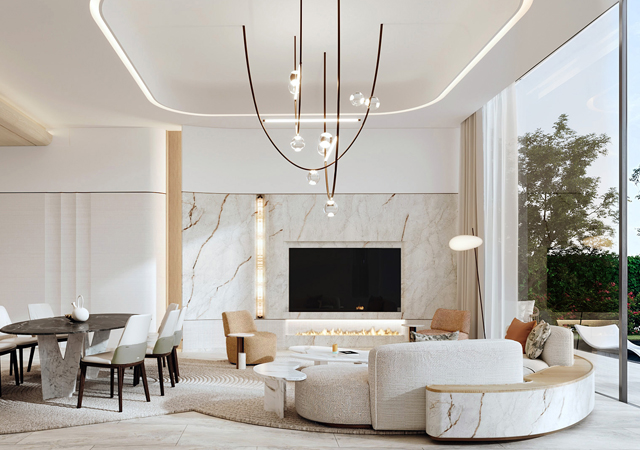
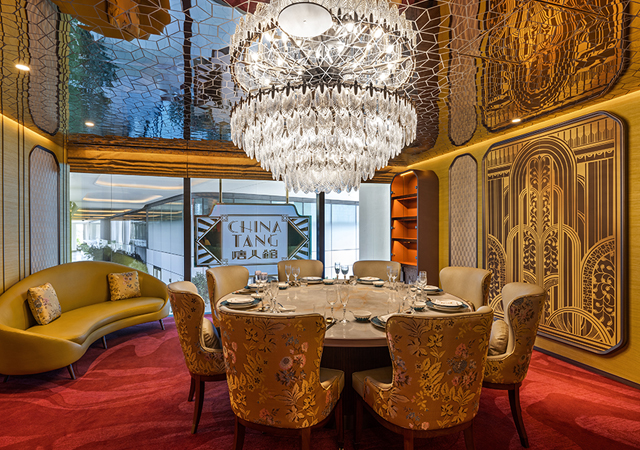
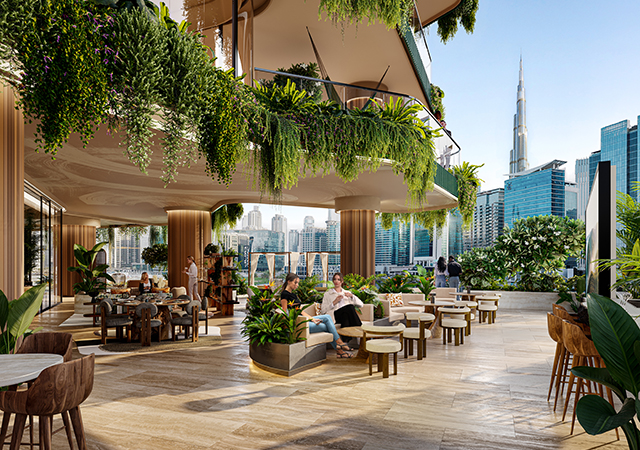
.jpg)




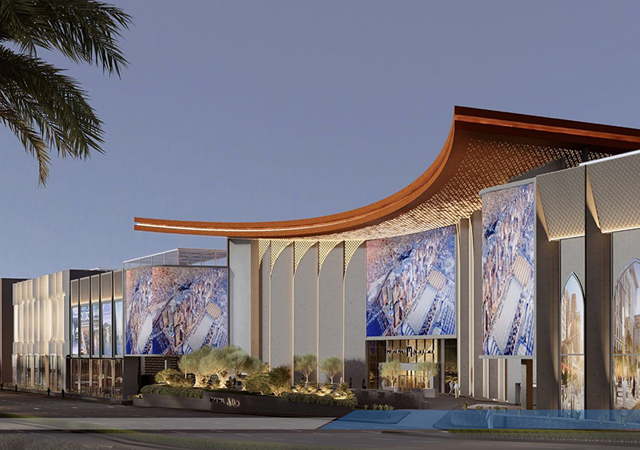
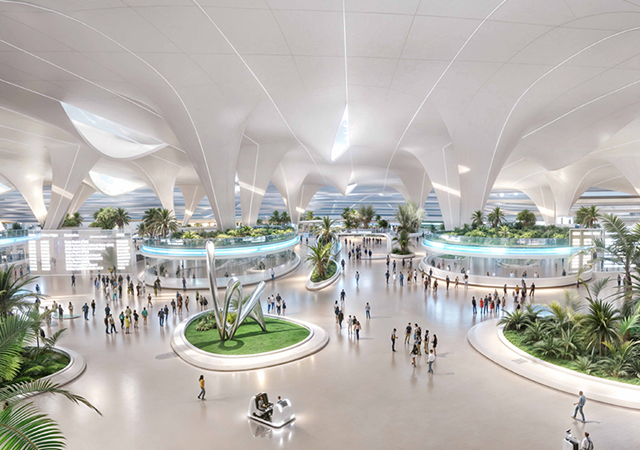
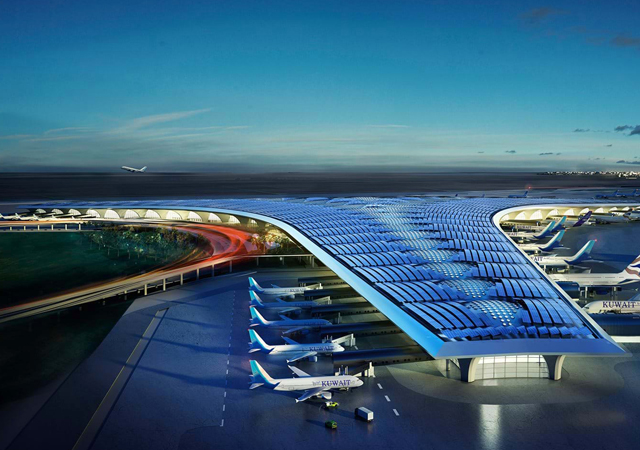
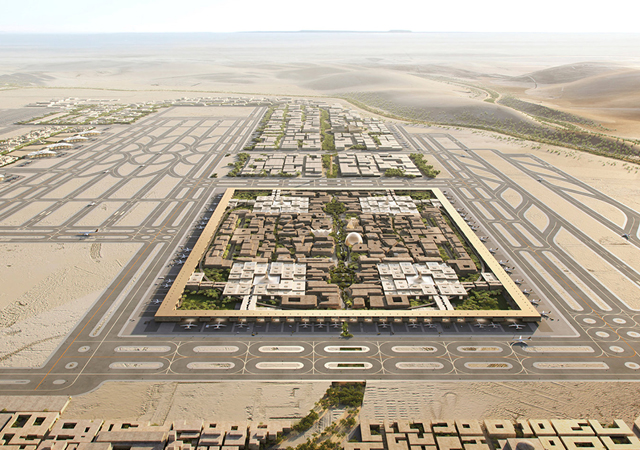
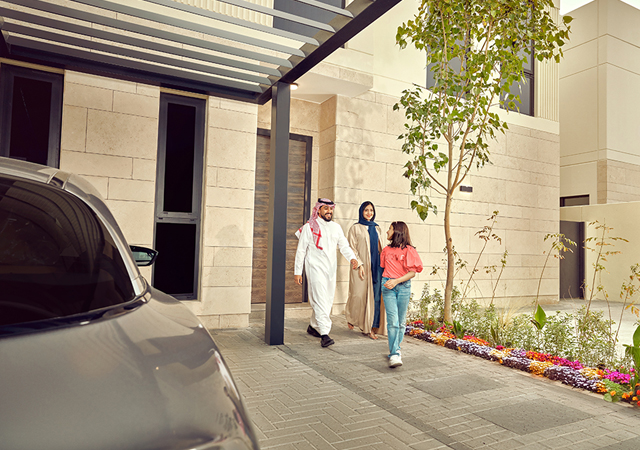
.jpg)
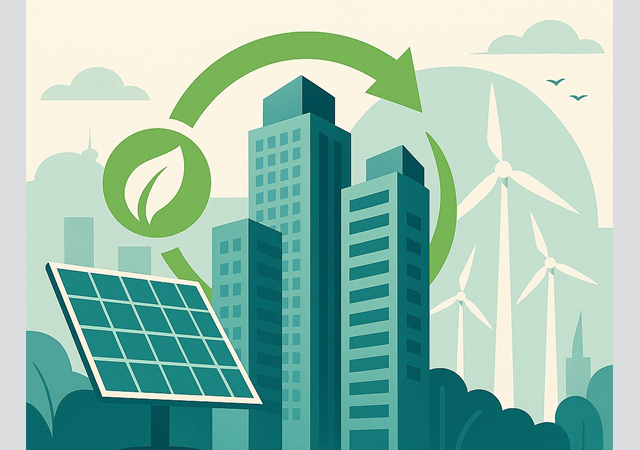
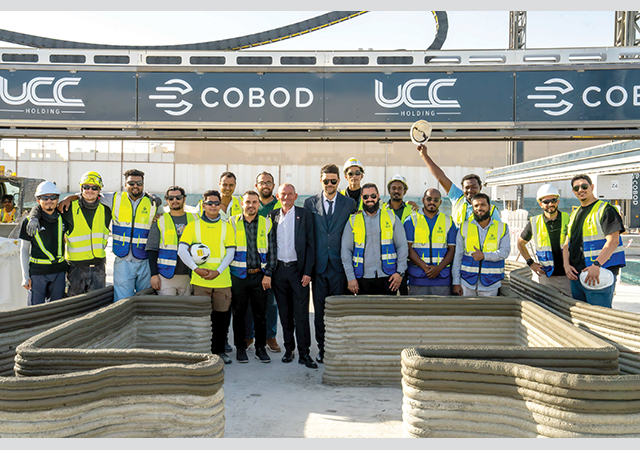
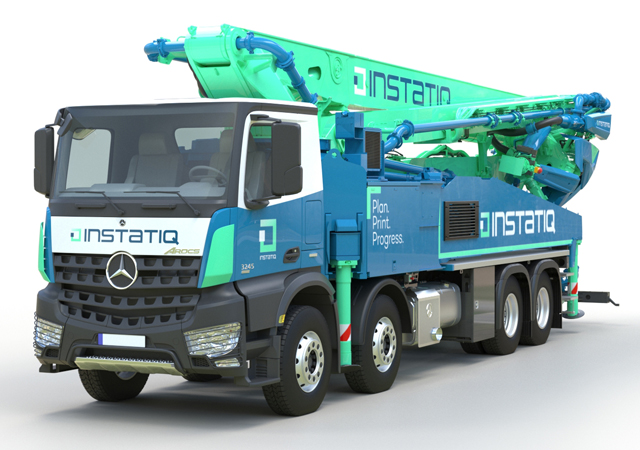
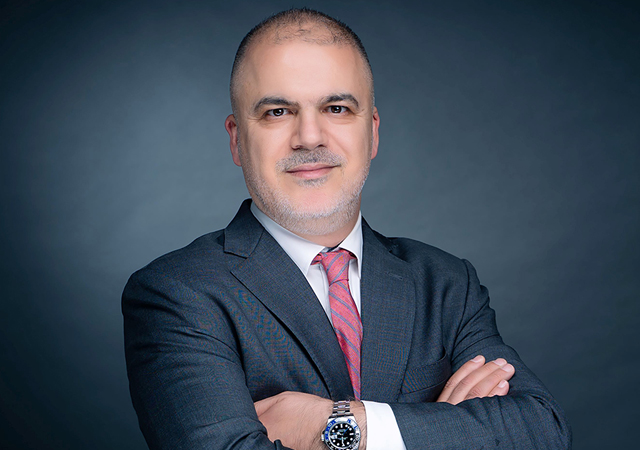
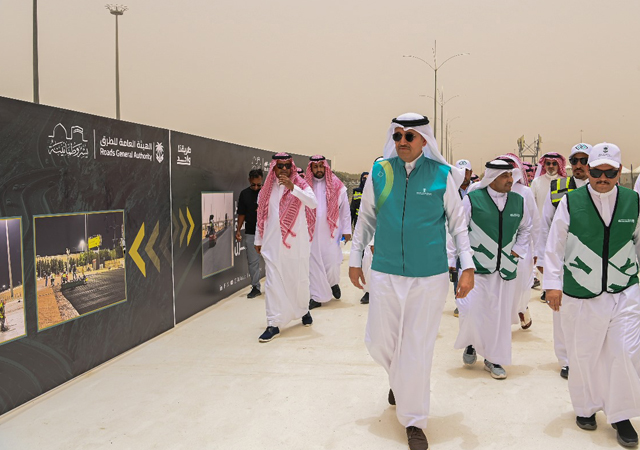
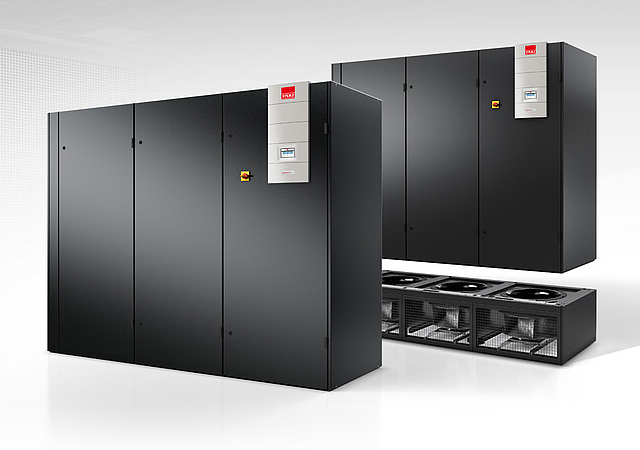
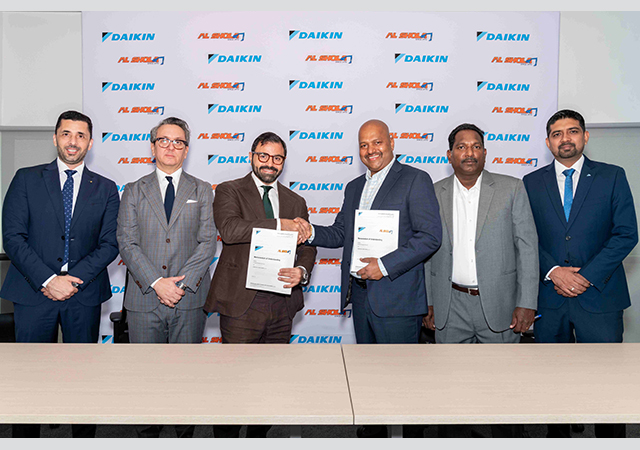

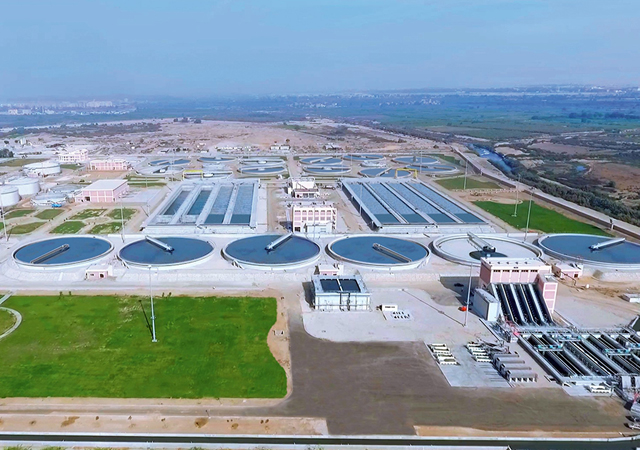
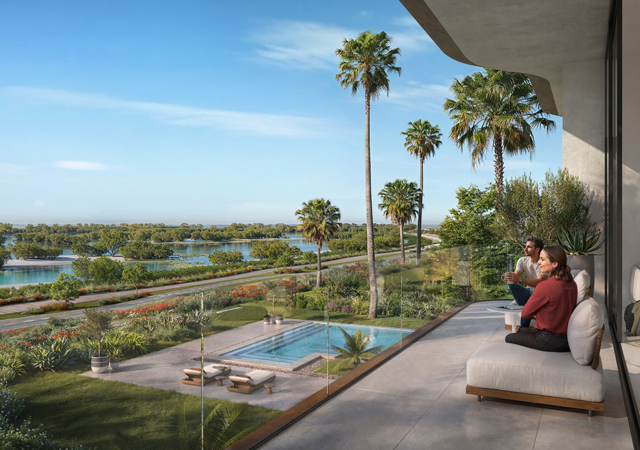
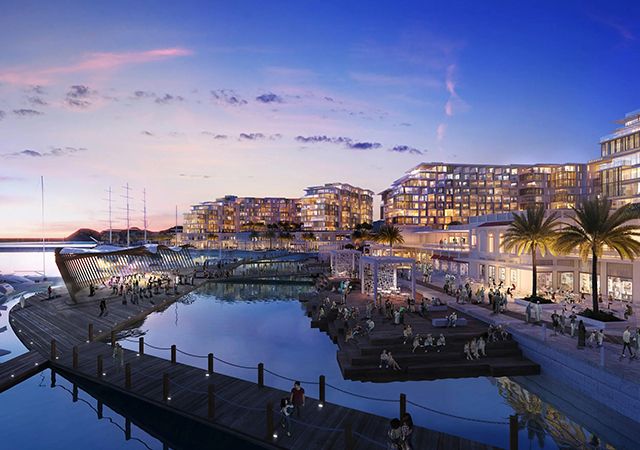

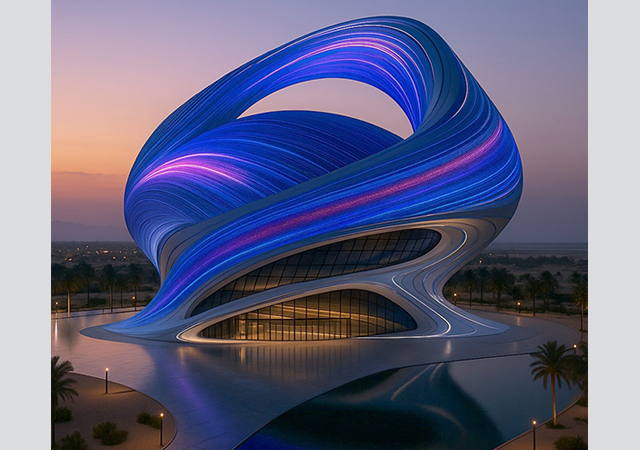
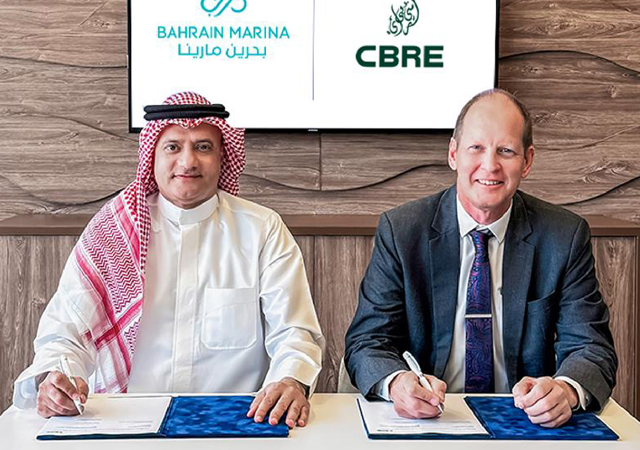
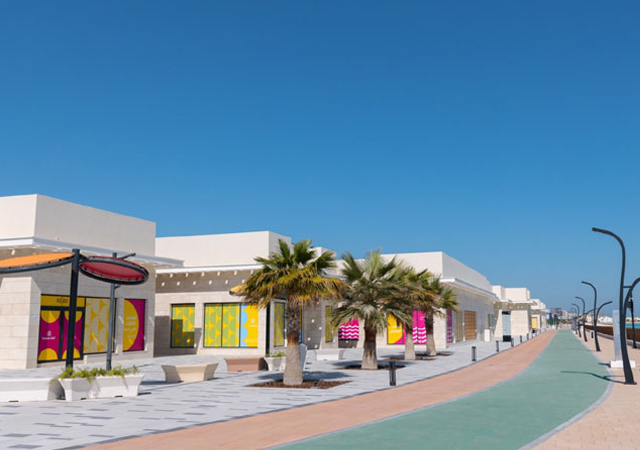
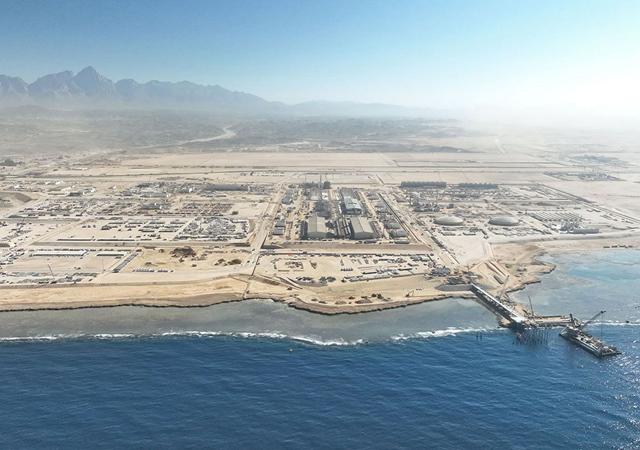
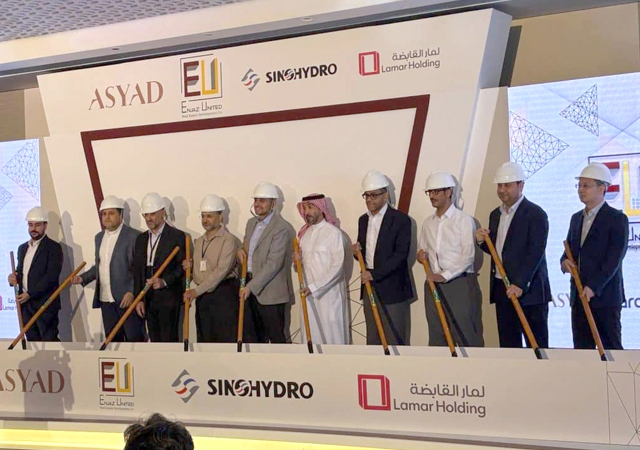
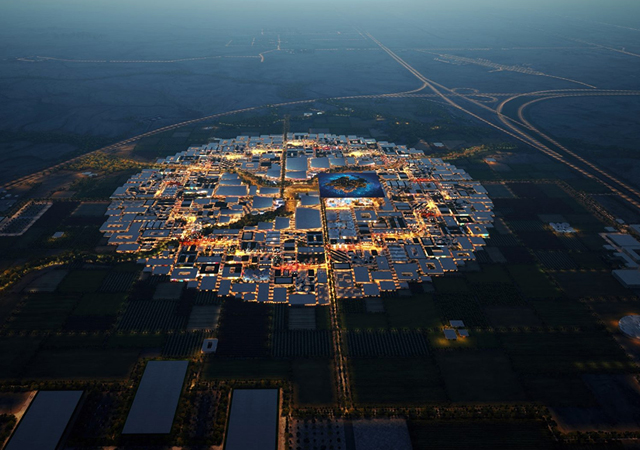
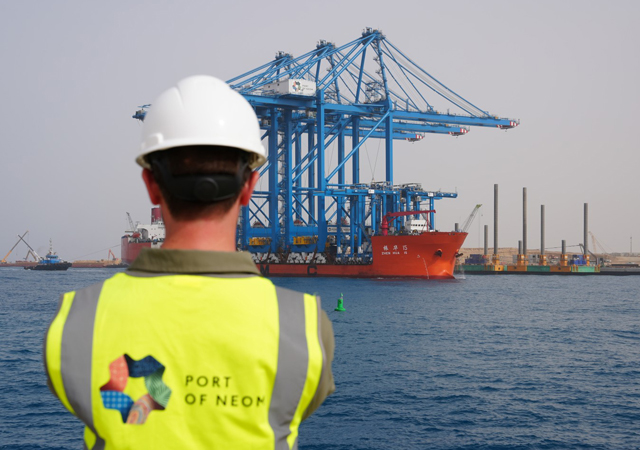
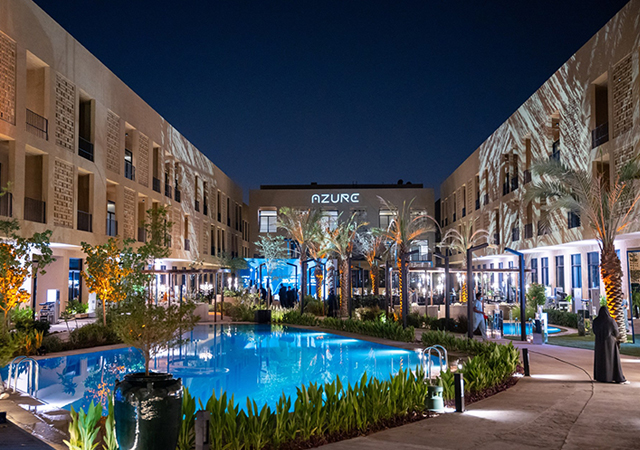
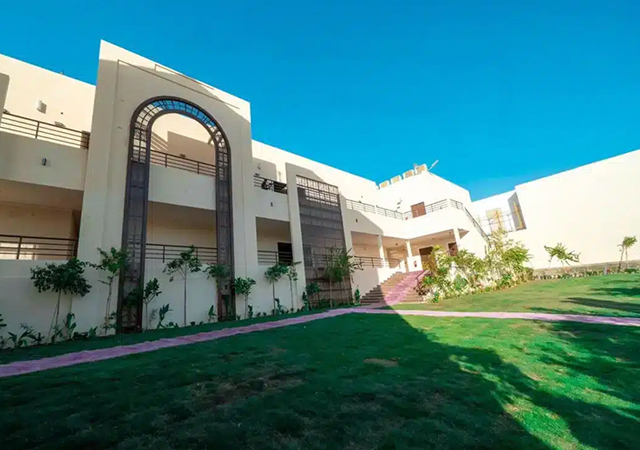

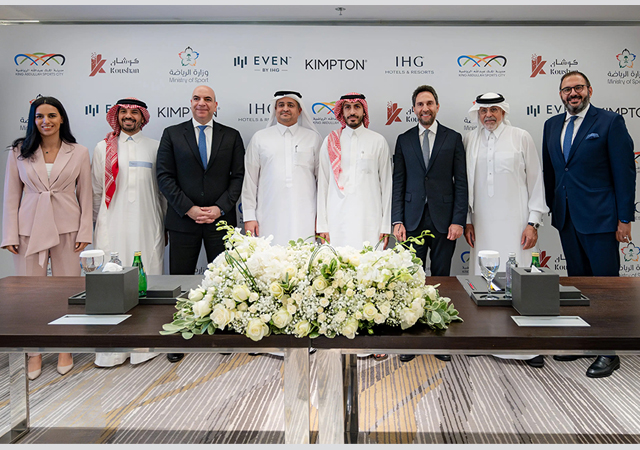
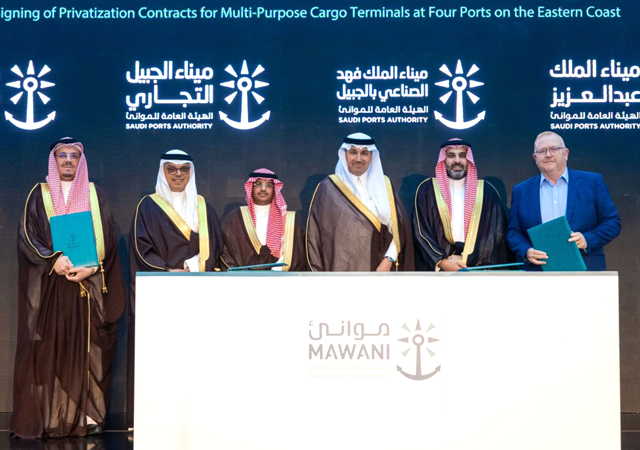
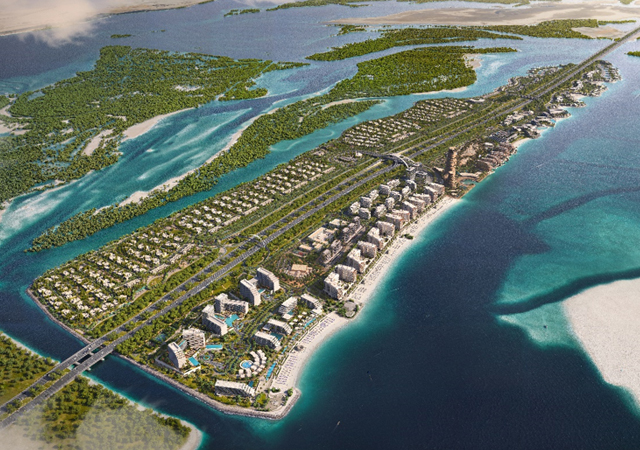
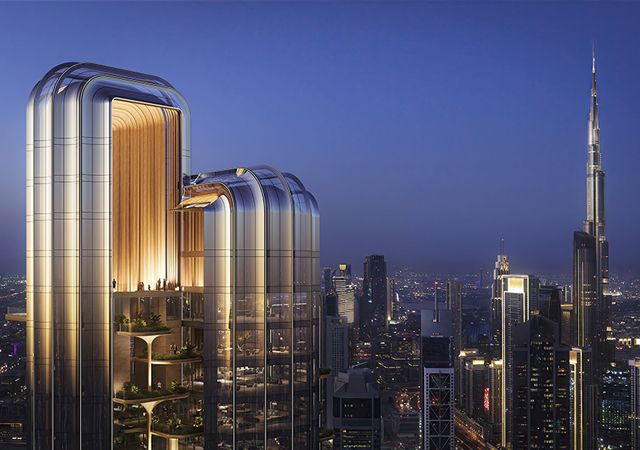
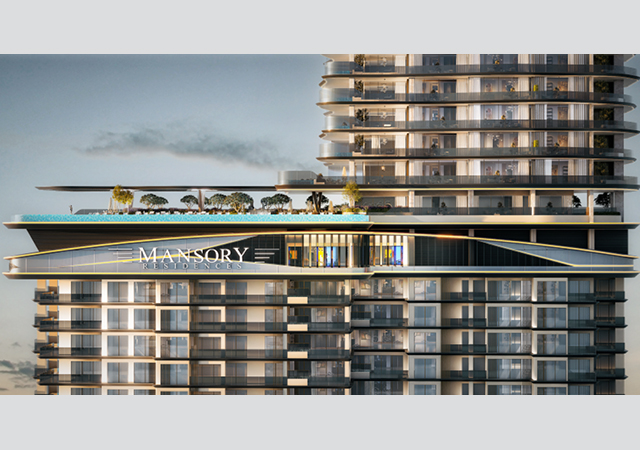
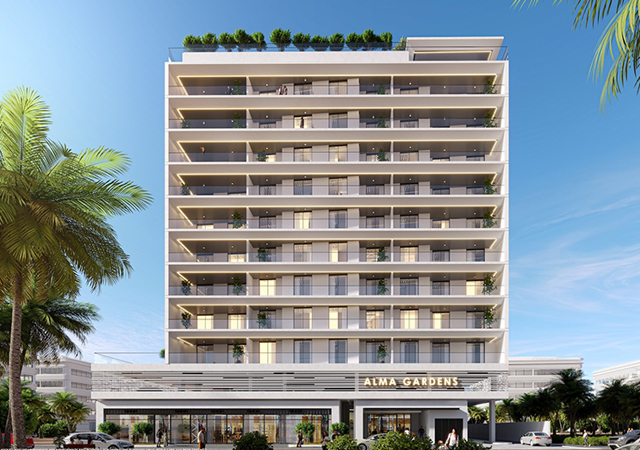

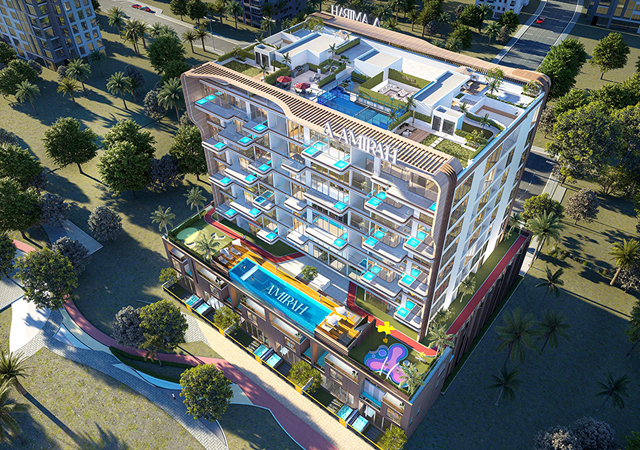
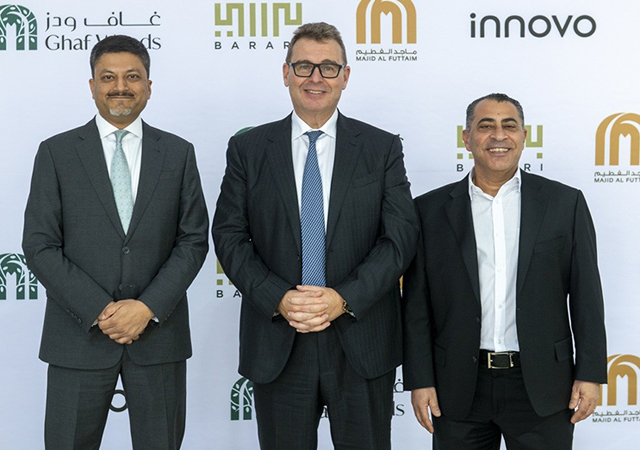
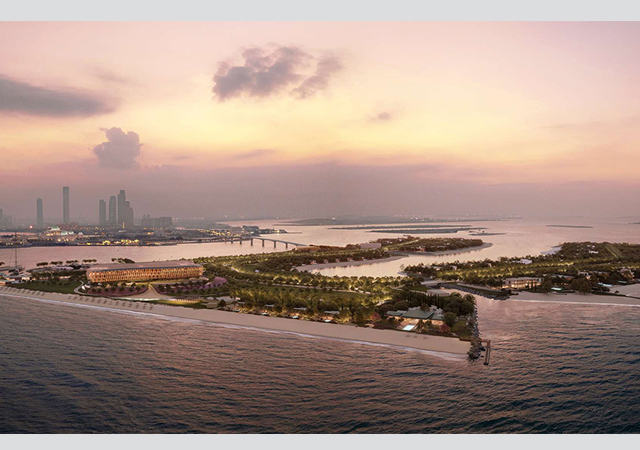
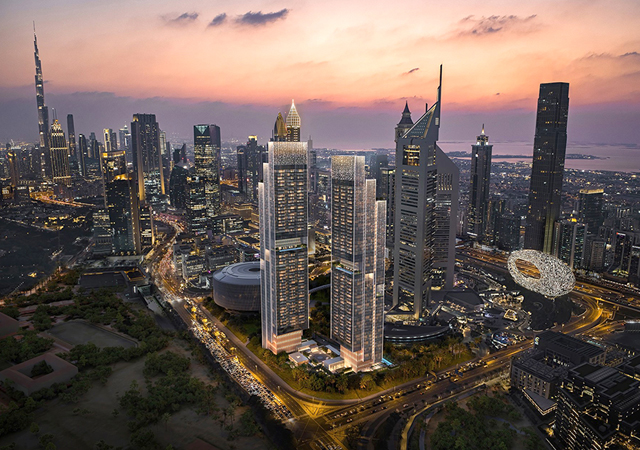
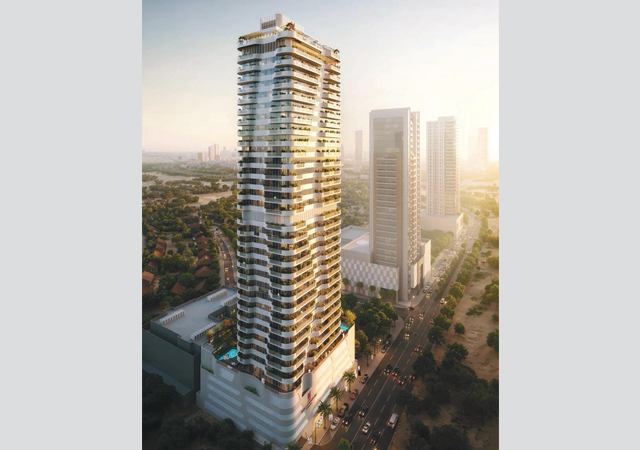
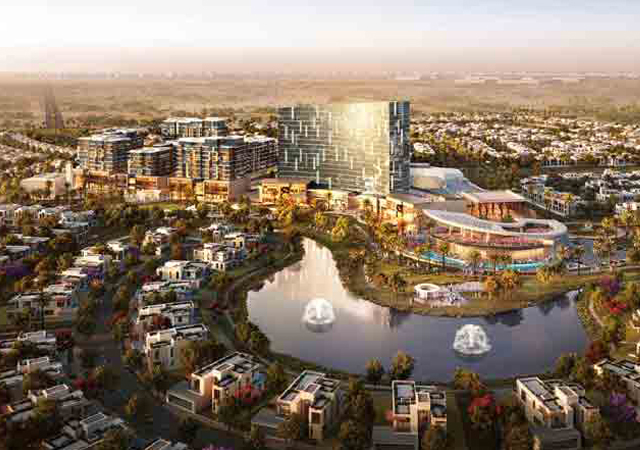
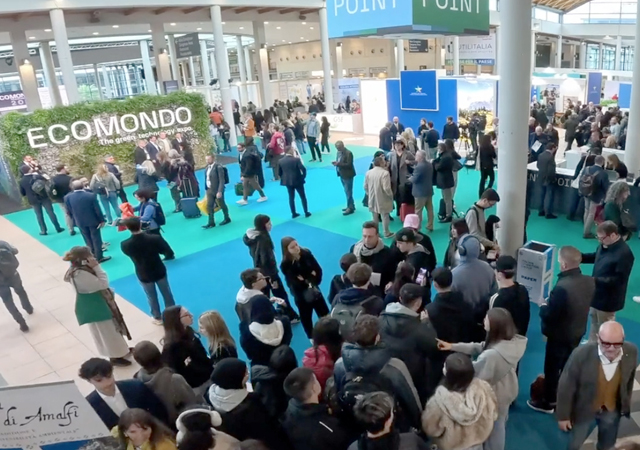
.jpg)















